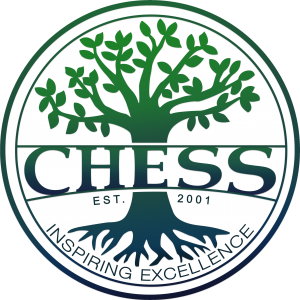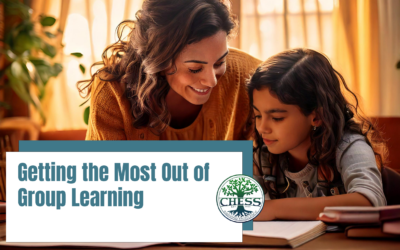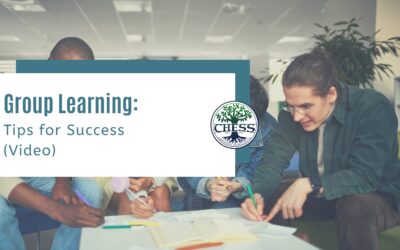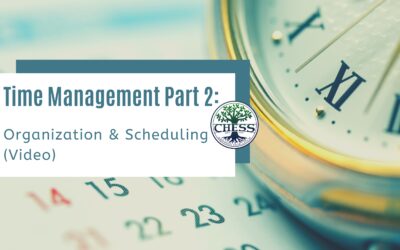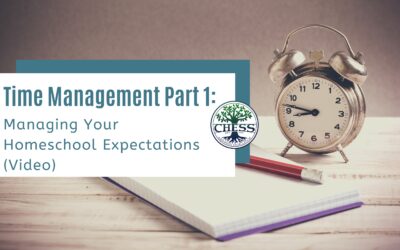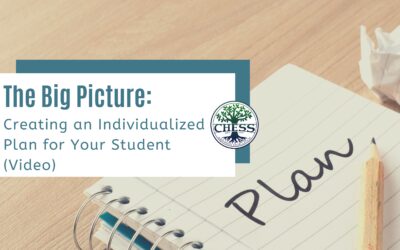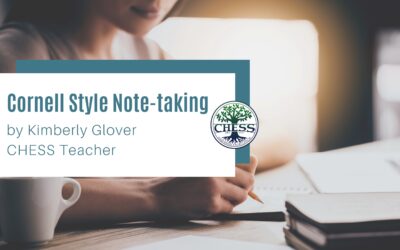Getting the Most Out of Group Learning
Are you thinking about your plans for the next school year? You might be considering enrolling your child in homeschool enrichment classes. We want to share some practical advice and encouragement for homeschool families, so we surveyed our teachers to find out how...
Group Learning: Tips for Success
https://youtu.be/Q7jH6EJHMqM
Time Management Part 2: Organization and Scheduling
https://youtu.be/8b4azxztHP4
Time Management Part 1: Managing Your Homeschool Expectations
https://youtu.be/OpWCMpI_Gn0
The Big Picture: Creating an Individualized Plan for Your Student
https://youtu.be/b_ilkh2O7Ic
Cornell Style Note-taking
Cornell Style Note-taking Kimberly Glover, CHESS teacher and homeschool parent, shares about a helpful method of note taking that can be used in CHESS classes as well as at home. One of the most difficult things for me as a student was taking the information taught in...
The Importance Of Rest To Academic Success
by Emily Hauge, former CHESS student and graduate of the College of William and Mary “If I go to bed right now and fall asleep in the next seven minutes I will get exactly six hours of sleep.” Sound familiar? I know the science. I know that a lack of sleep reduces my cognitive ability […]
Seizing Control of Your Time
MindTools, a website for professionals, offers three comprehensive articles and tools for taking control of your time and schedule. If adult professionals need help, everyone needs help!
Classroom Courtesy Countdown!
Want to succeed in your academic and social graces this year? Read and apply the CHESS Classroom Courtesy Countdown! Special thanks to Kathy Kuhl for brainstorming this idea. And now, the countdown… 10. Always label your work with your name in the format as requested by the teacher. 9. Write legibly. 8. If you are […]
Dealing with procrastination
It’s silent and insidious. It frustrates our hopes and dreams. It tempts us to avoid the things we feel incompetent in doing, to put off the things we’re uncomfortable with, don’t like to do, or simply don’t care to do. Its name: Procrastination. In this past year, how many school- or life-changing inspirations have we […]
